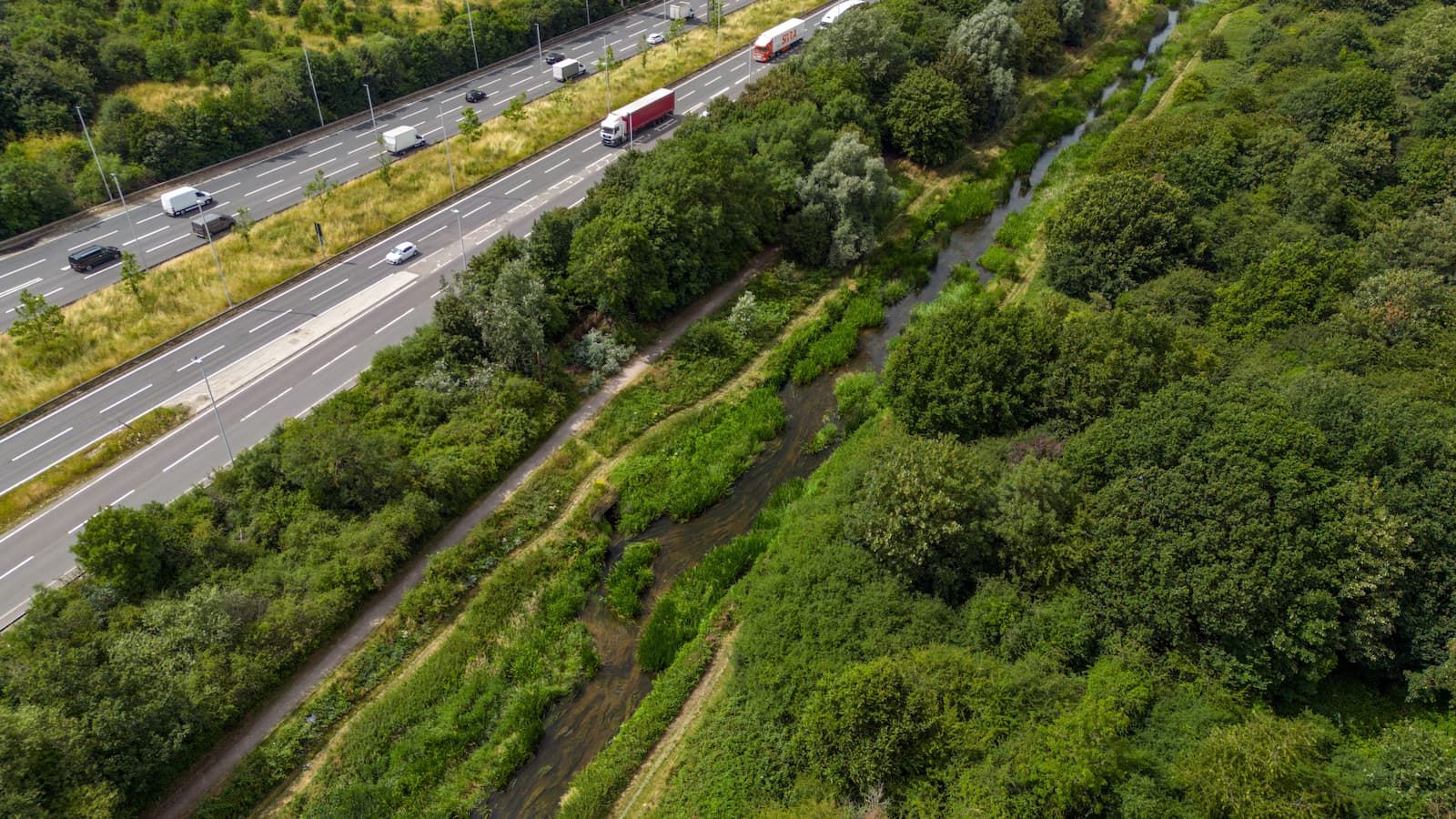Along the River Roding in East London, Japanese knotweed has spread across a continuous three-mile stretch, making it one of the largest known infestations in the UK.
The plant’s underground roots and dense growth threaten nearby homes, potentially reducing property values and complicating sales.
Without removal of the Japanese knotweed it risks spreading year after year, leaving residents facing both financial and environmental challenges.
Knotweed along river threatens homes
Japanese knotweed is not just unsightly. Its underground rhizomes can penetrate foundations, driveways, and walls, putting properties at financial risk.
Transport for London confirmed it is treating affected land, while Network Rail is monitoring tracks and embankments. Homeowners near the infestation could face costly remediation, and in some cases, their homes may be difficult to sell.
“We are aware that some of our land by the River Roding has been affected and are already undertaking measures to treat and control it,” a TfL spokesperson said.
The nightmarish beauty of knotweed. I went inside the largest knotweed patch on the River Roding to take a closer look & was struck by how alien this plant is. The patch I went to is so old that the plant has formed clumps like coppiced stools which you can walk between. Above,… https://t.co/UMMbpfqsuN pic.twitter.com/wDMiqKModwSeptember 26, 2025
Knotweed described as ‘nightmarish beauty’
Paul Powlesland, a barrister and river guardian at the River Roding Trust, calls the infestation “nightmarish beauty.”
He describes walking inside a patch of knotweed so old that it has formed clumps like coppiced stools, creating an overhead canopy of green that blocks light from the ground.
“Within the confines of the patch there was not a single living plant other than knotweed,” Powlesland said. “This whole area is lost to nature, with the size of the patch growing and spreading every year unless action is taken.”
His observations reveal the ecological cost: the knotweed creates stretches of “dead space” where native plants and wildlife cannot survive.
Battling a giant
Controlling and killing a Japanese knotweed infestation of this scale is possible, but it remains a huge challenge.
Professionals use a combination of herbicide treatments applied during the plant’s active growth window in late summer and early autumn, alongside targeted soil removal in high-risk areas. Containment measures, such as geotextile membranes, can prevent regrowth in sensitive zones near homes.
However, Powlesland warned: “You can’t just cut it down and walk away… The rhizomes keep spreading, so it’s a long-term battle that needs planning, money, and commitment.”
Powlesland advised: “The best method is pulling them up, but with the seed heads close to maturity, even hitting them off with a stick is better than nothing. If you see any of the distinctive pink flowers whilst out & about on the river, feel free to do the same!”
Because the infestation is on land owned by Transport for London and Network Rail, the cost of removing the Japanese knotweed falls to them, not homeowners.
Even so, eradication is a multi-year process requiring careful monitoring, planning, and substantial investment, with costs for a stretch this size potentially running into hundreds of thousands of pounds.
View the original article and our Inspiration here


Leave a Reply